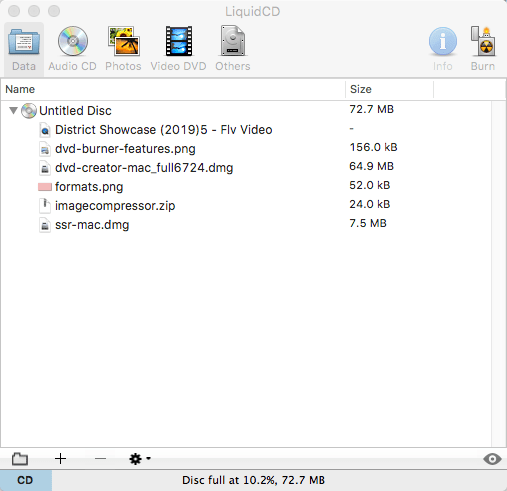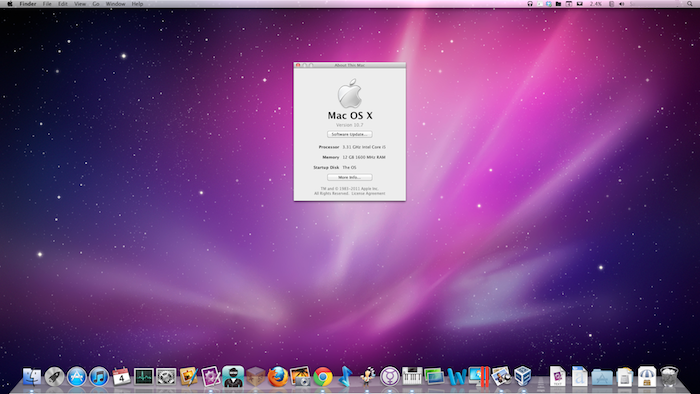

What if you aren’t running Snow Leopard, which is required for the Mac App Store? What happens if your drive crashes and you have to reinstall Lion onto a new, blank hard drive?Īpple has answers to many of these questions, but the rules of the game have definitely changed.

What if you have a really slow Internet connection or low bandwidth cap? Downloading 4GB of data could be painful.

While the experience is clean and simple for the most common installation scenarios, things can get weird if yours isn’t one of them. However, relying on downloading alone for an OS release has its drawbacks. And the $30 price is remarkable-in the past Apple would’ve charged $129 for an upgrade of this scale. With the release of Lion, Mac users can get near-instant gratification. Double-click that, and the installation begins.īack in the day, getting an OS X upgrade involved going to a store or ordering online and getting an optical disc.
#Cd's for windows 7 and mac os 10.7 or newer install#
After a 3.5GB download, there’s a new Install Lion app in your Dock and Applications folder. That’s because Apple has decided to release the upgrade primarily as a $30 download from the Mac App Store. For more on the fate of older software, see Chris Breen’s series on Lion-incompatible software.)Įven before you boot into Lion for the first time, you’ll feel just how different it is from previous versions of Mac OS X. And if you rely on PowerPC-based apps that run on Intel Macs using the Rosetta code-translation technology, they won’t run in Lion. (Before you read any further, you need to know that Lion isn’t right for one particular group of users: If you’re using an early Intel Mac powered by a Core Solo or Core Duo processor, you can’t run it.


 0 kommentar(er)
0 kommentar(er)
